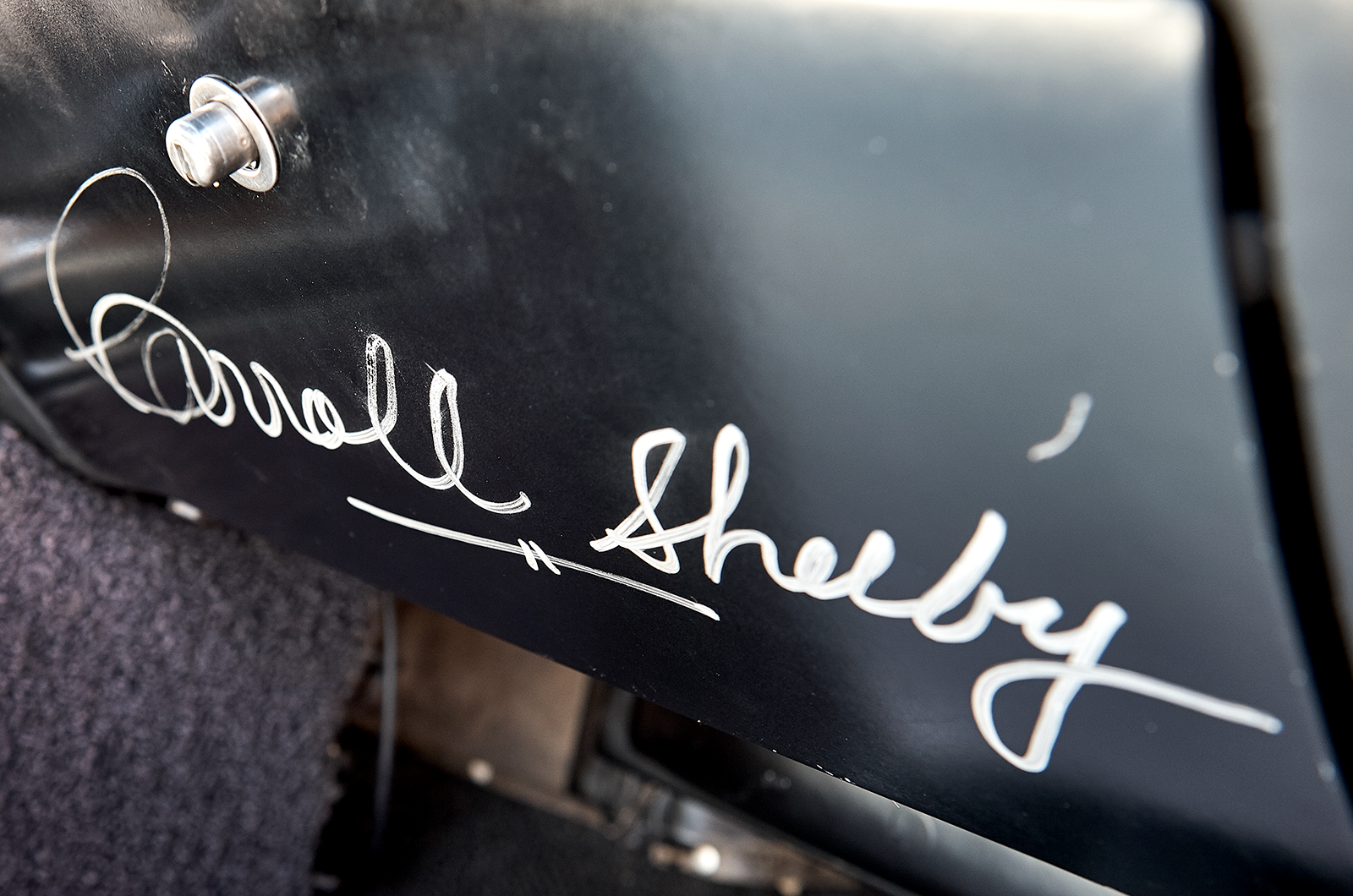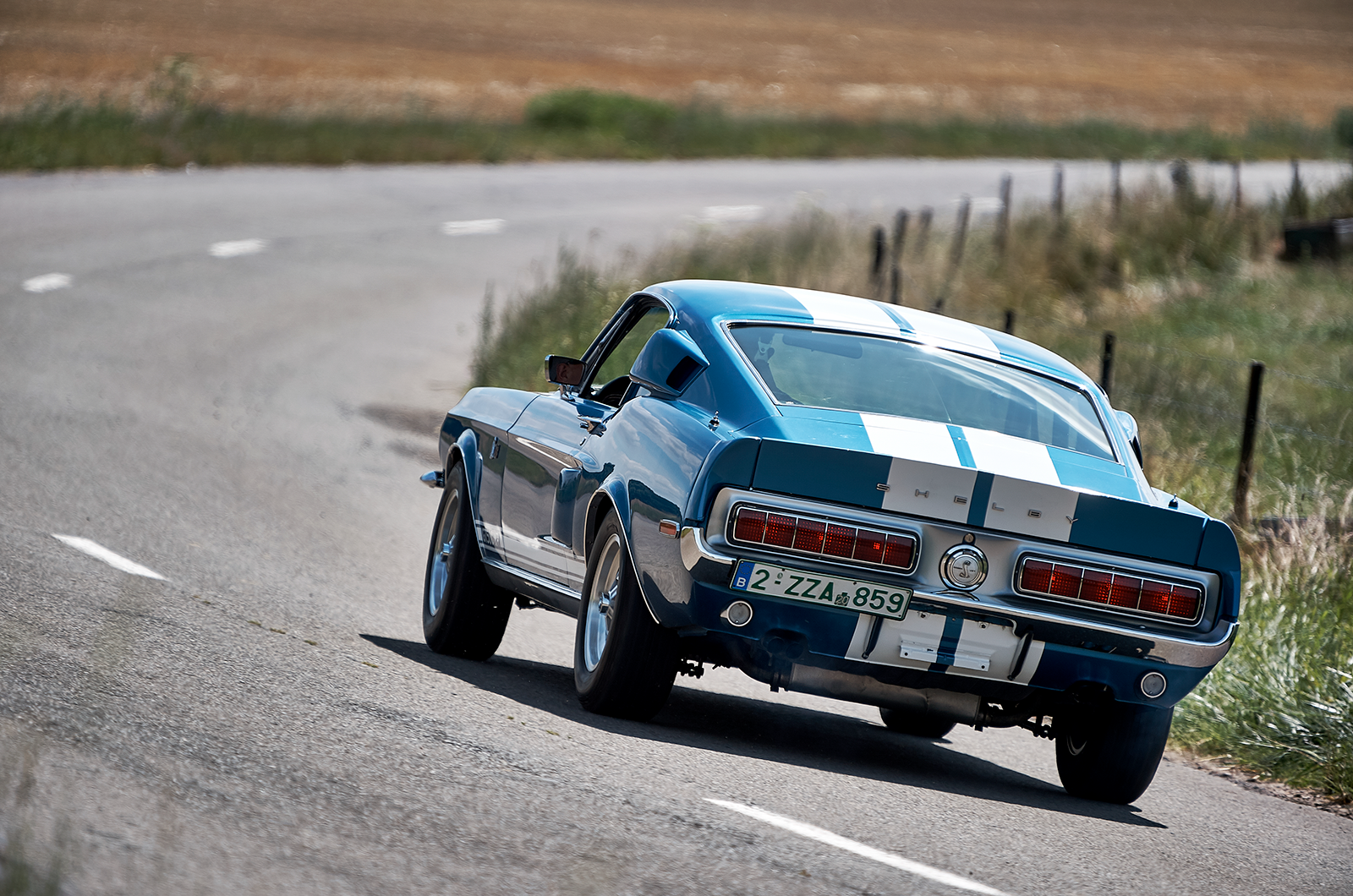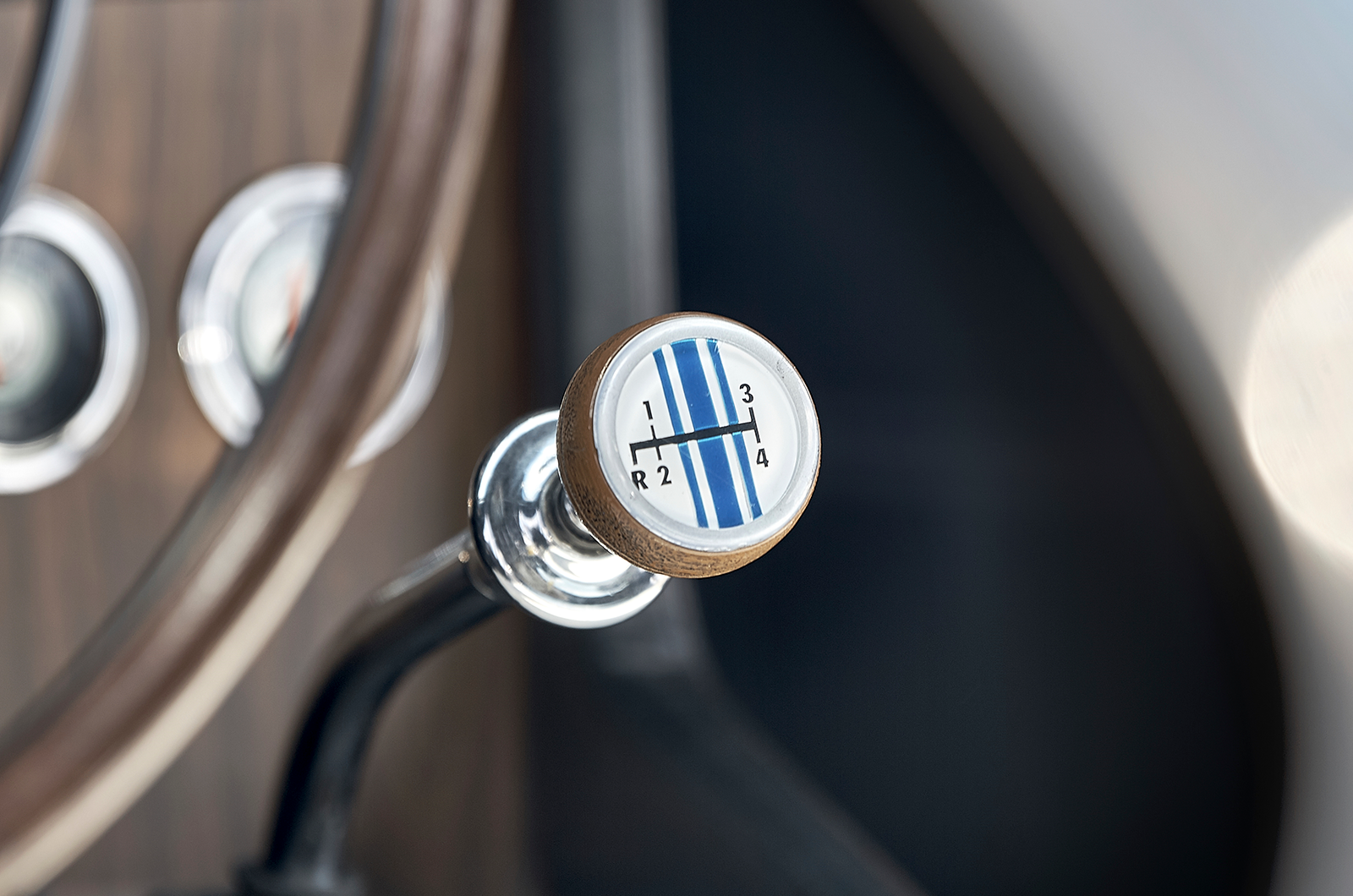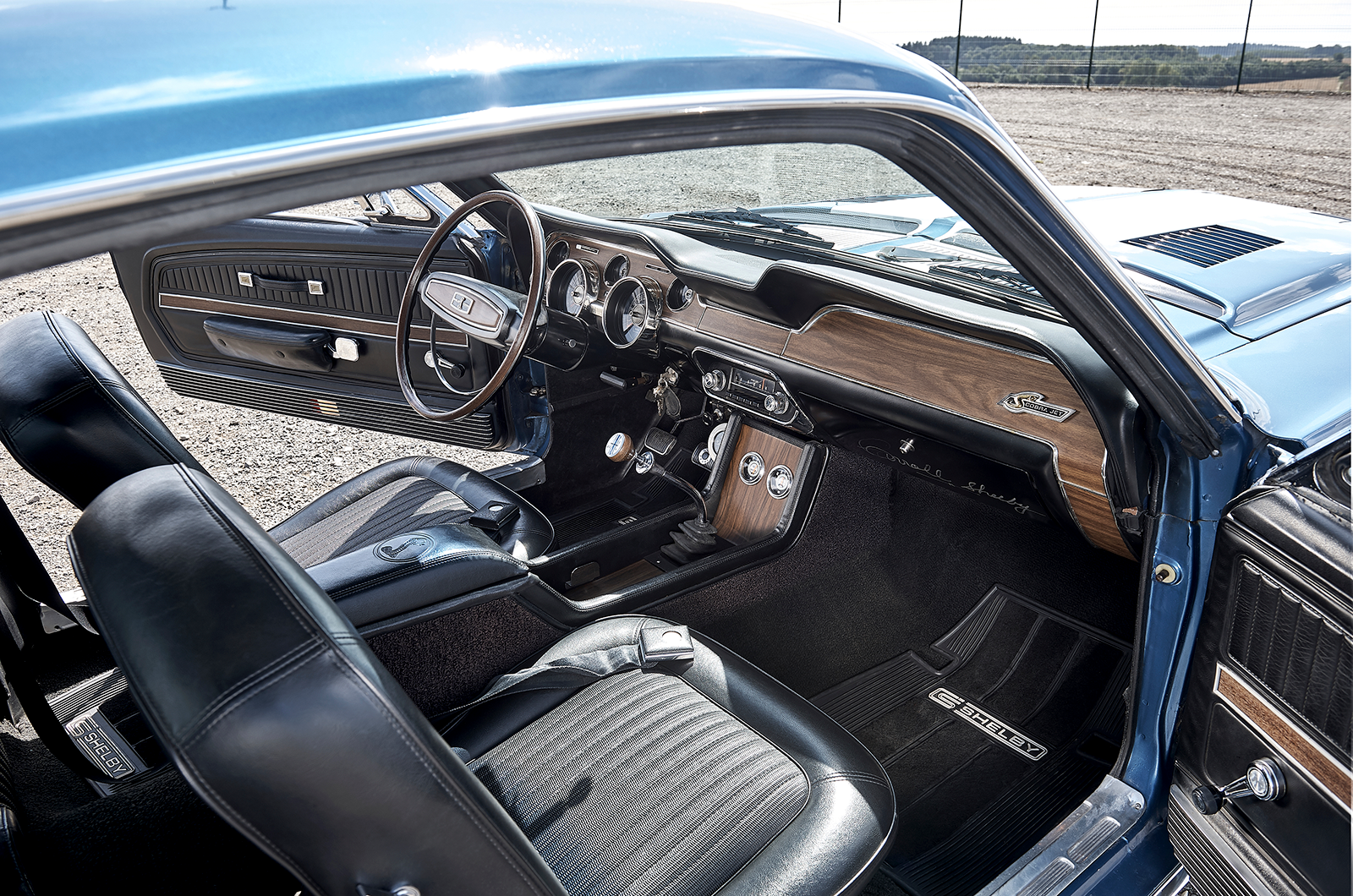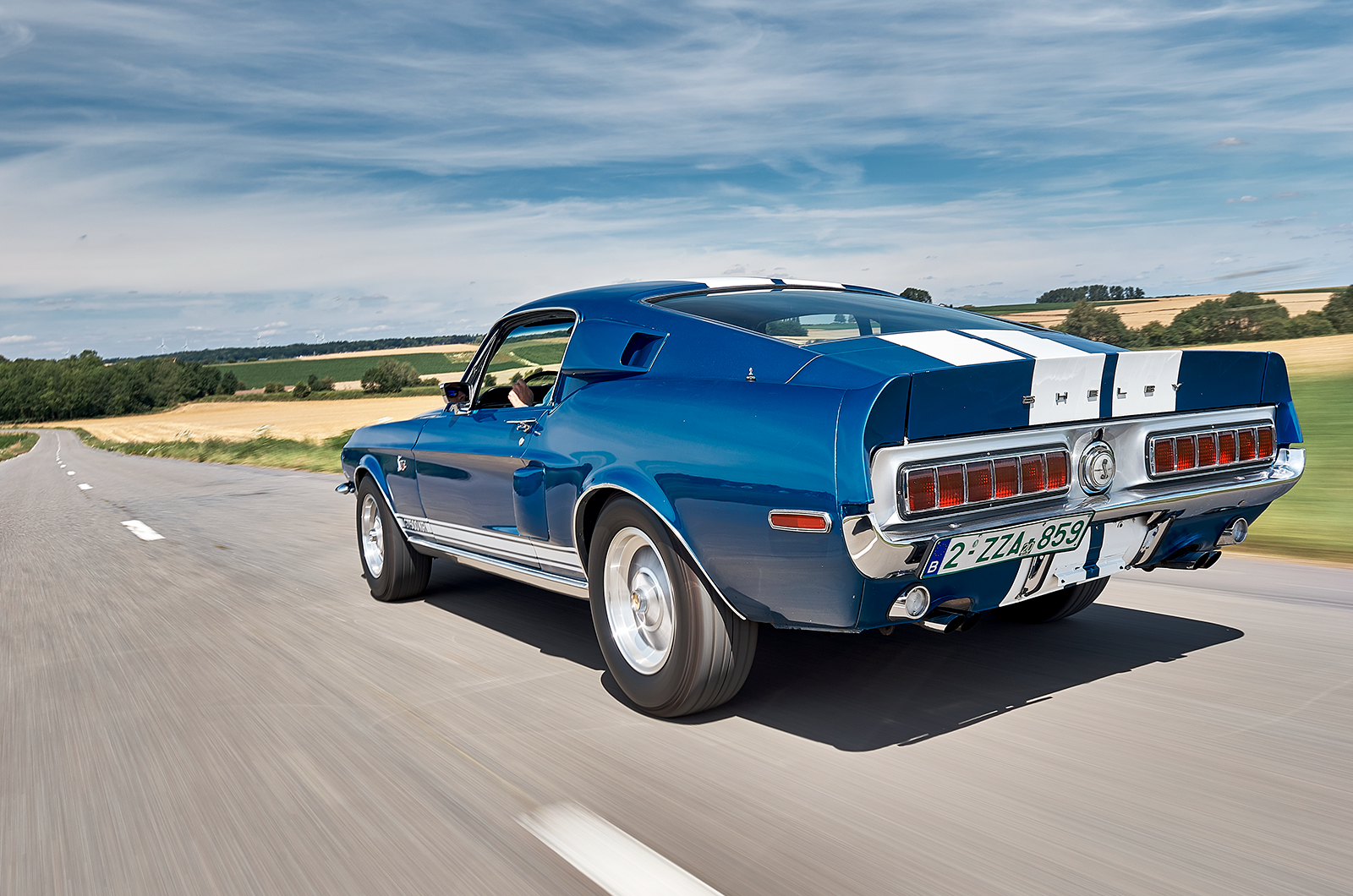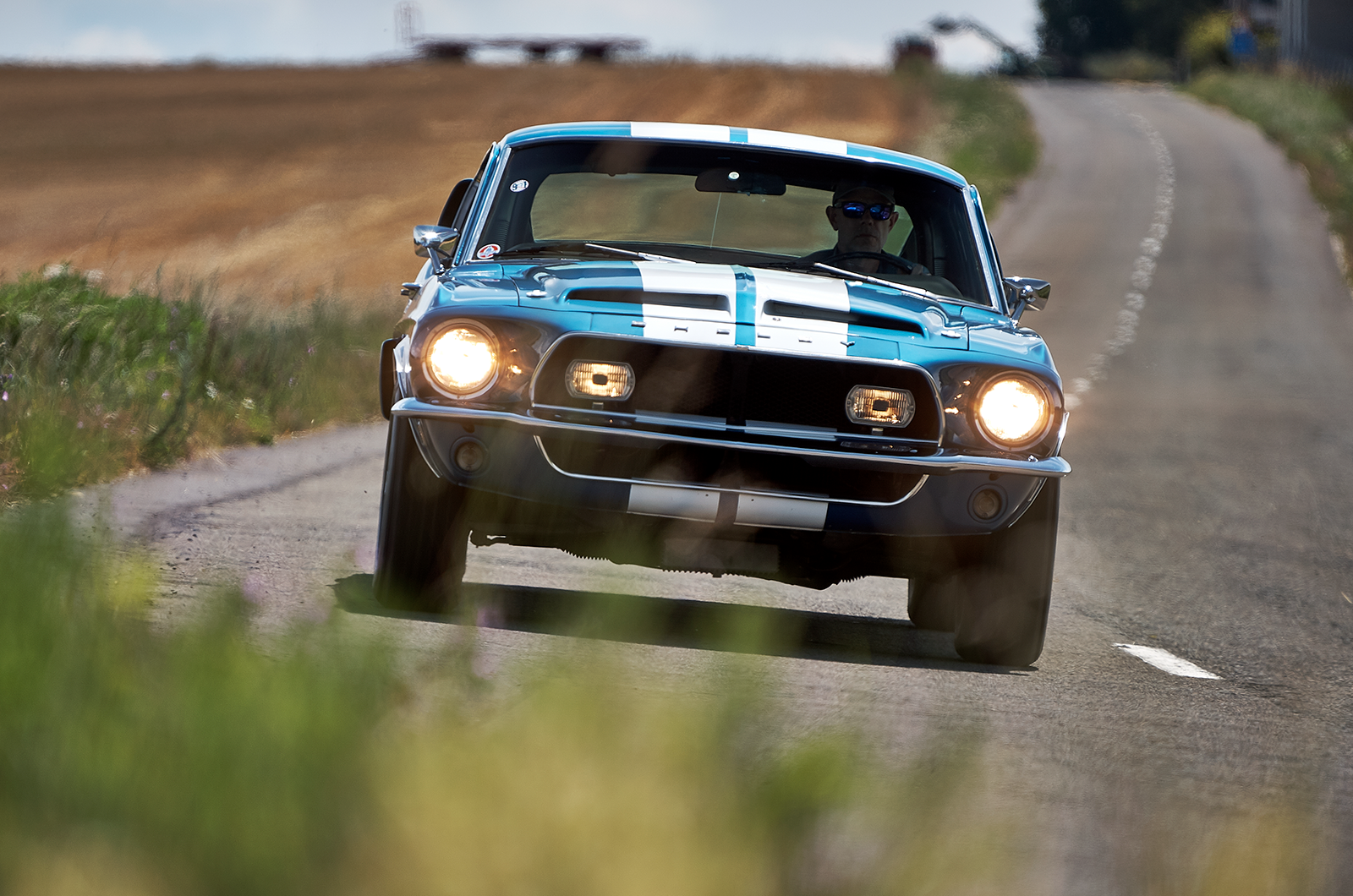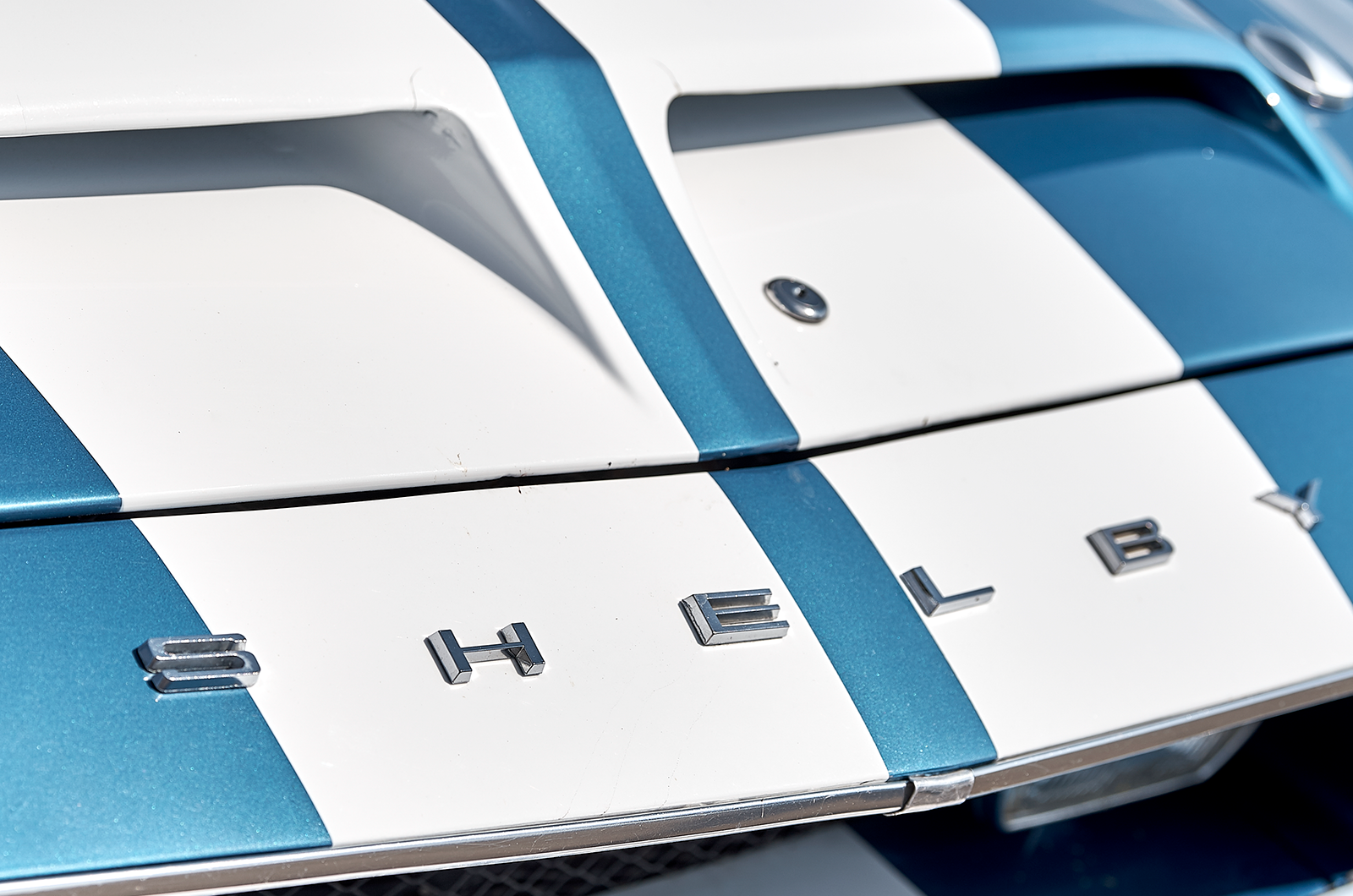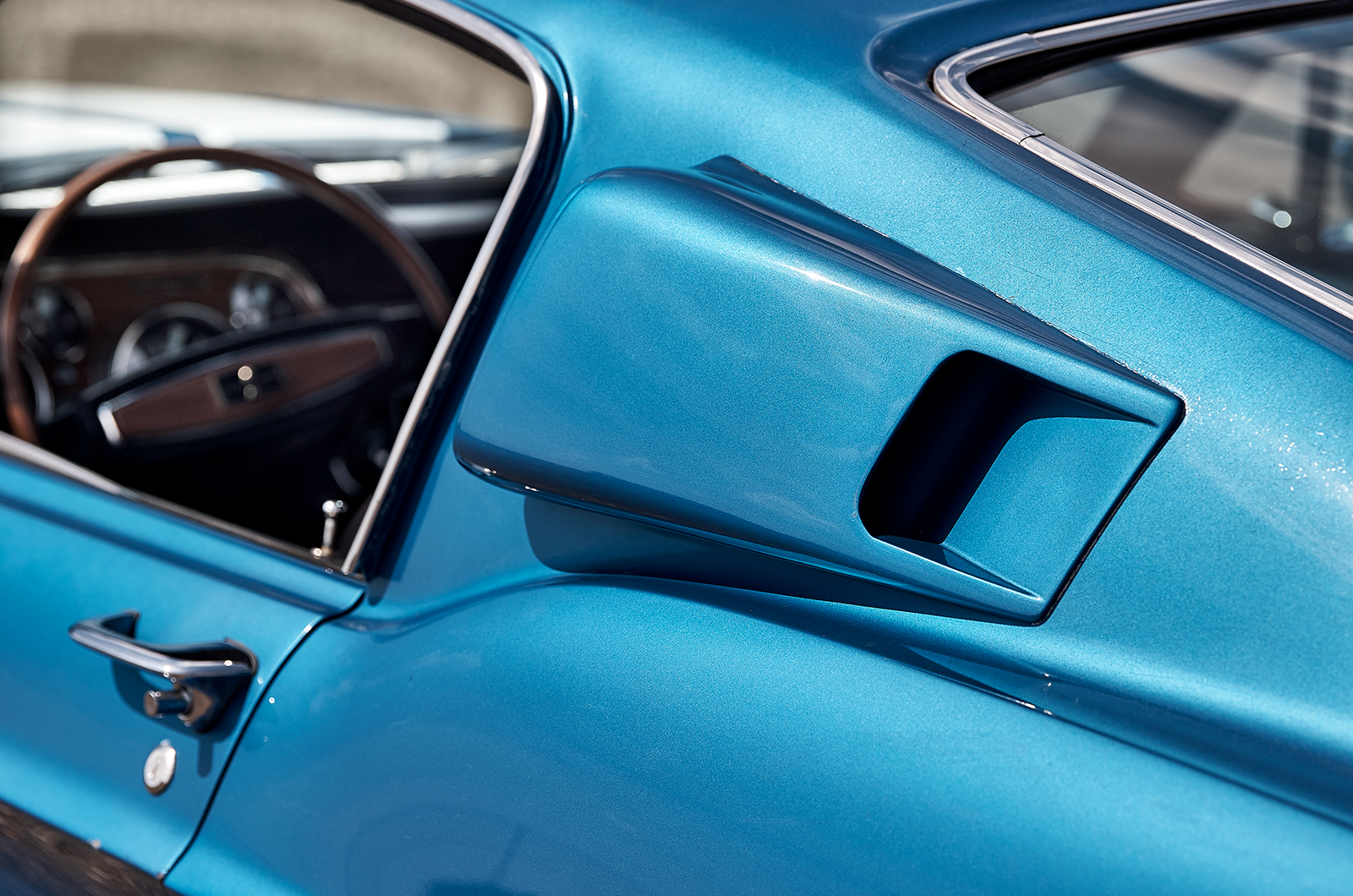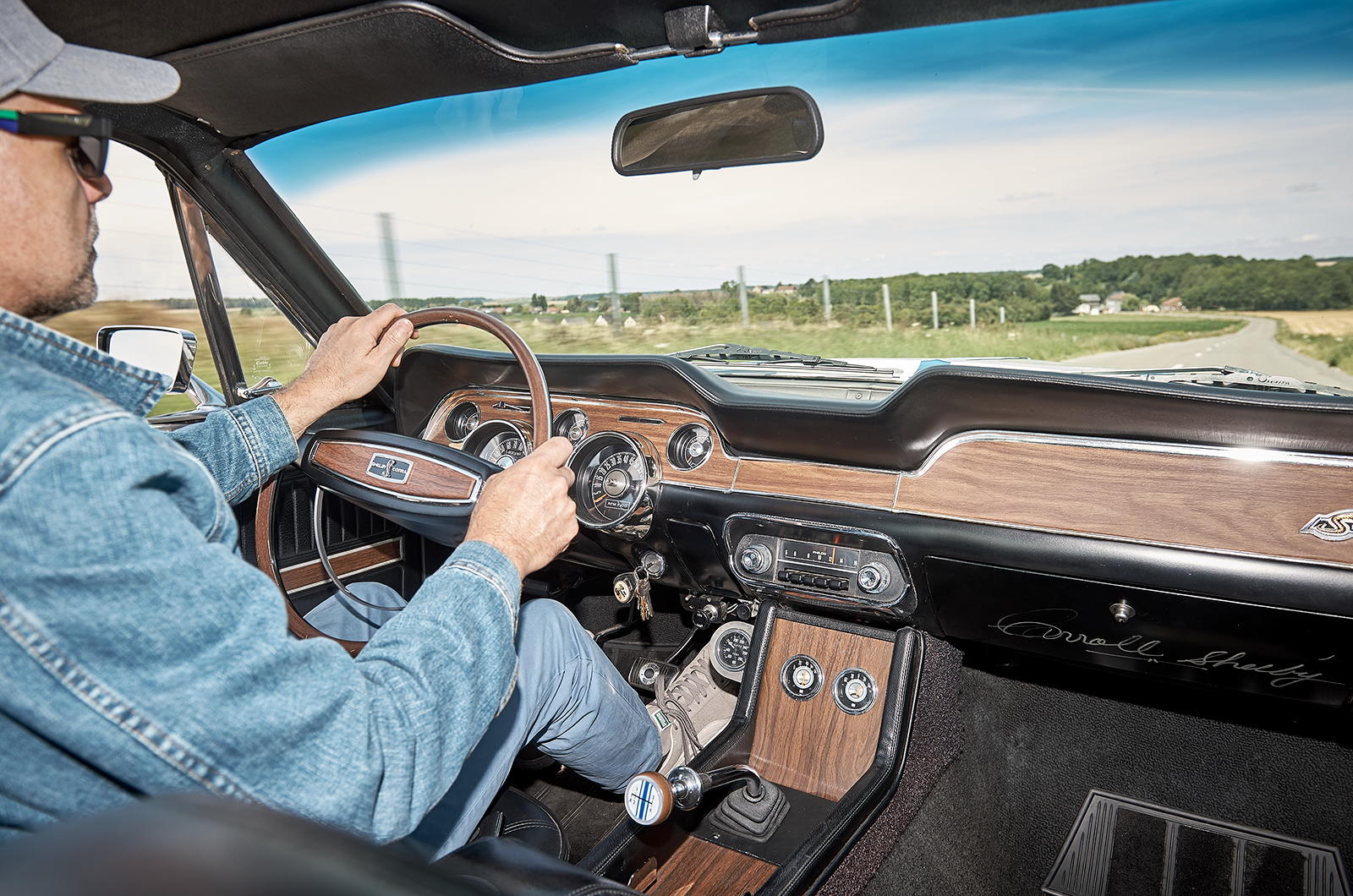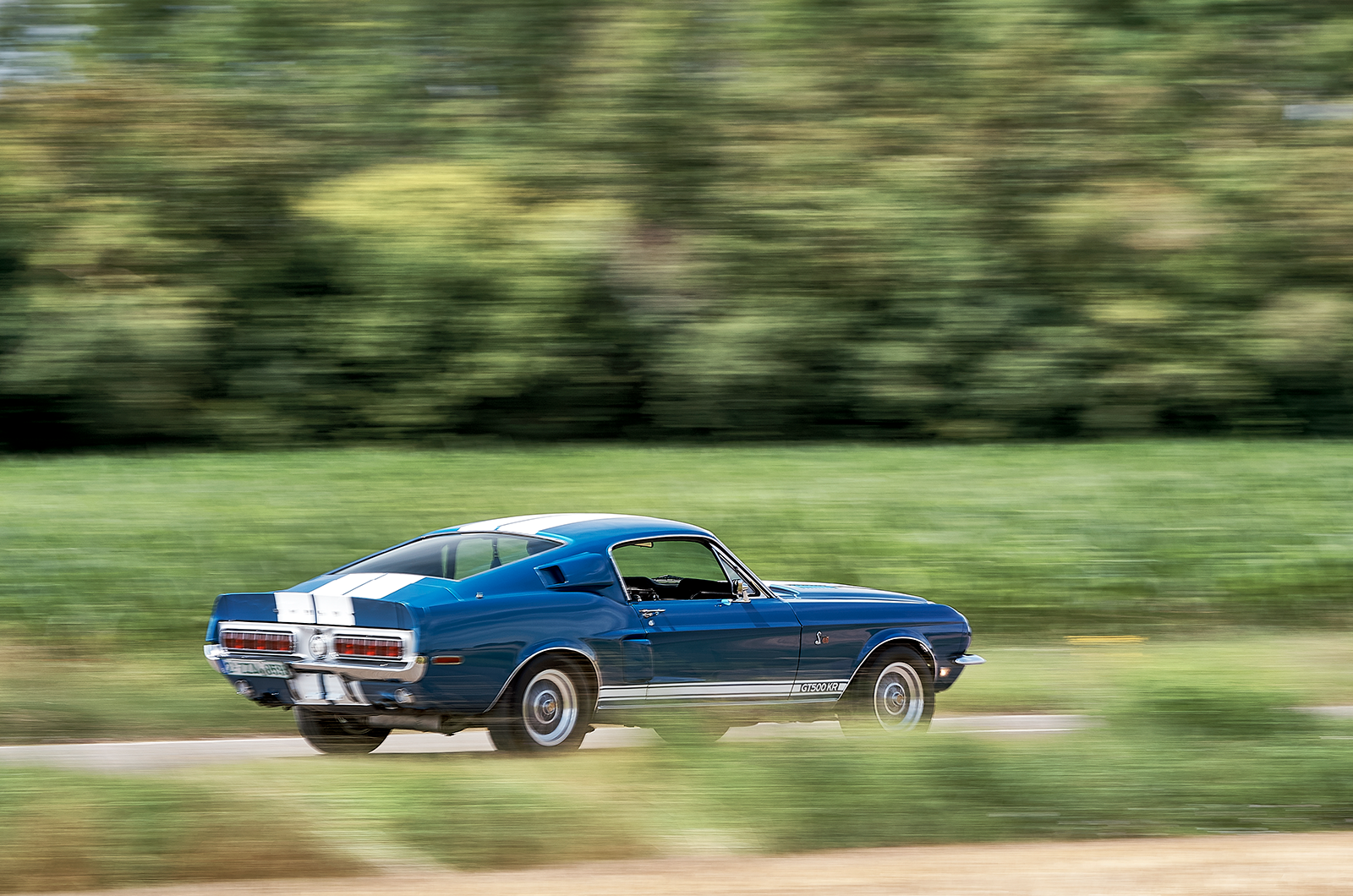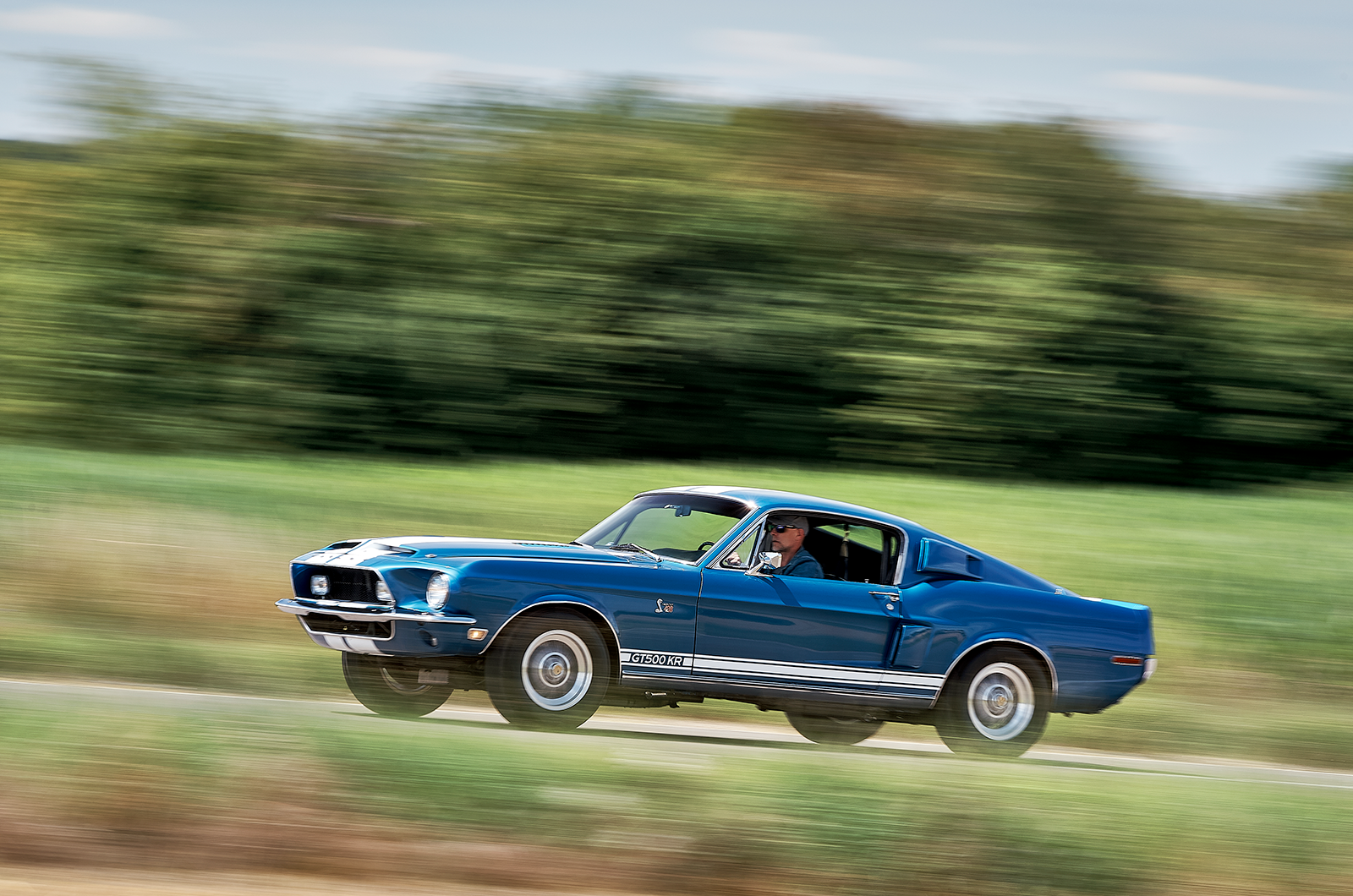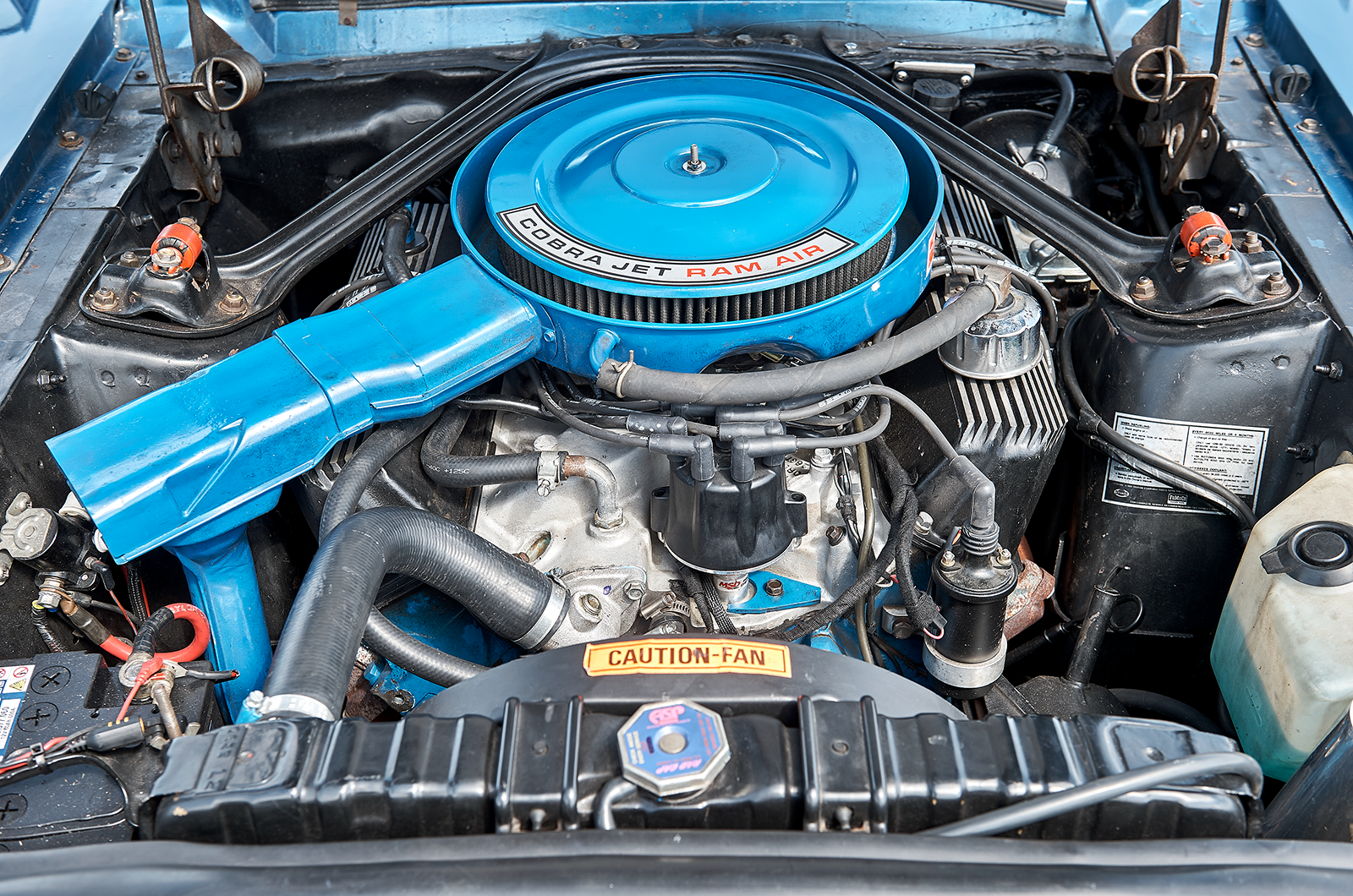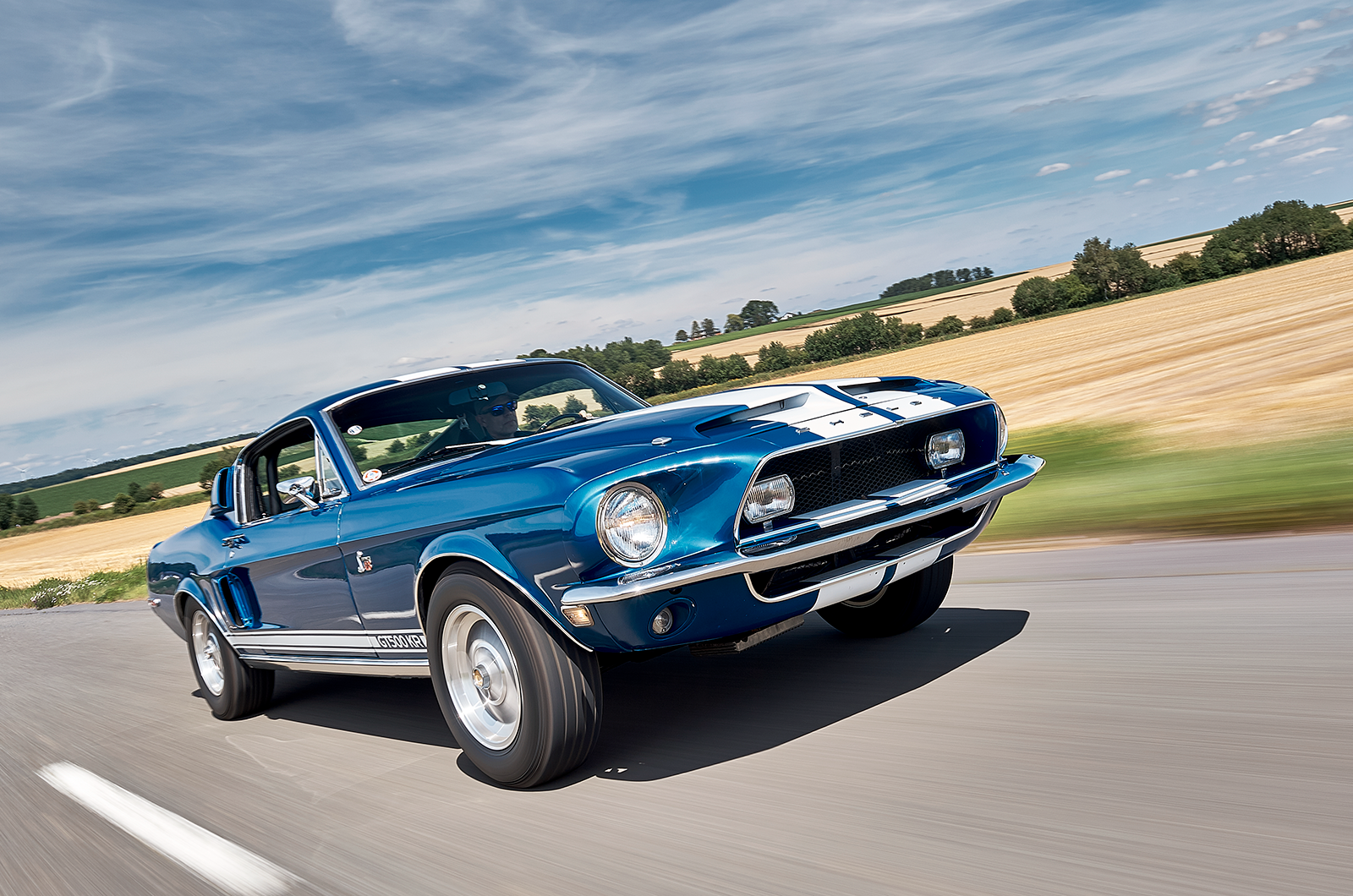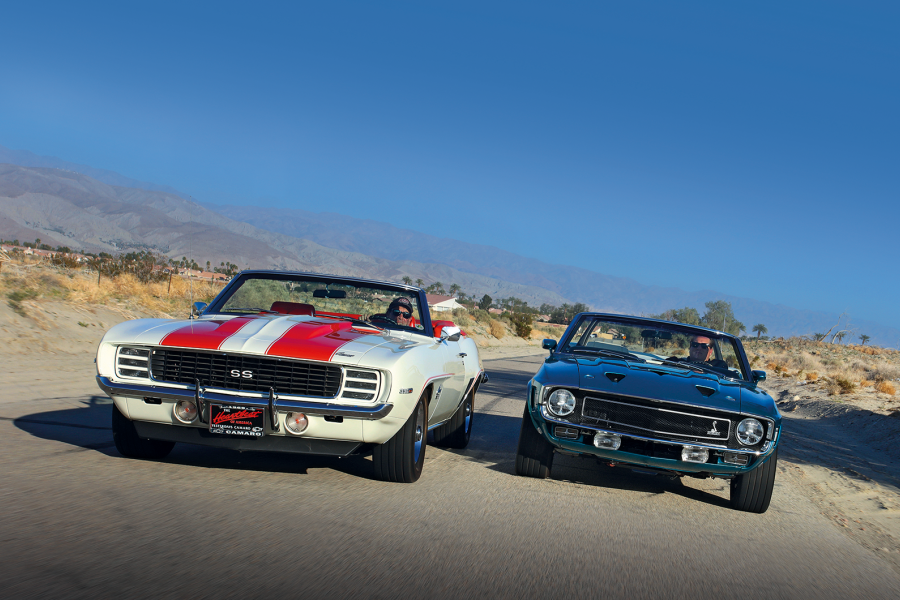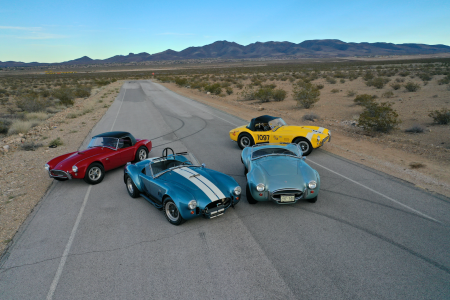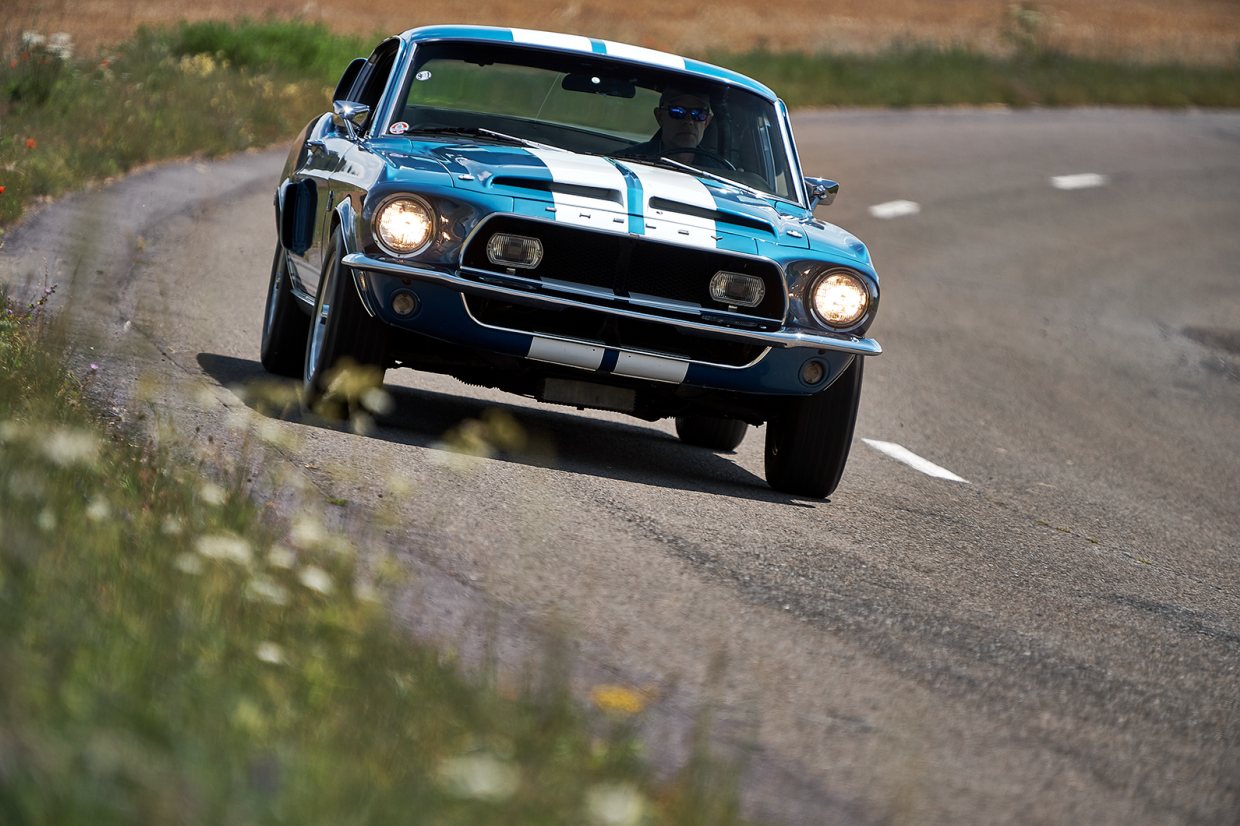
Spa-Francorchamps, Belgium, and the highest point of one of the most famous and awe-inspiring race tracks on the planet.
At the end of the Kemmel Straight, Porsches turn and pass by on the hallowed Tarmac having climbed the steep slope of Eau Rouge, exited Raidillon and torn down the long straight. The cars tumble through Kemmel before braking hard to plunge into the chicane and Les Combes.
A few decades ago this chicane didn’t even exist; instead, the drivers continued on and arced left, at full speed, to dive into the 14.1km – 8.75 miles – of the old circuit from this spot where we sit, with hands on the steering wheel of an American automotive icon: a Shelby GT500 KR.
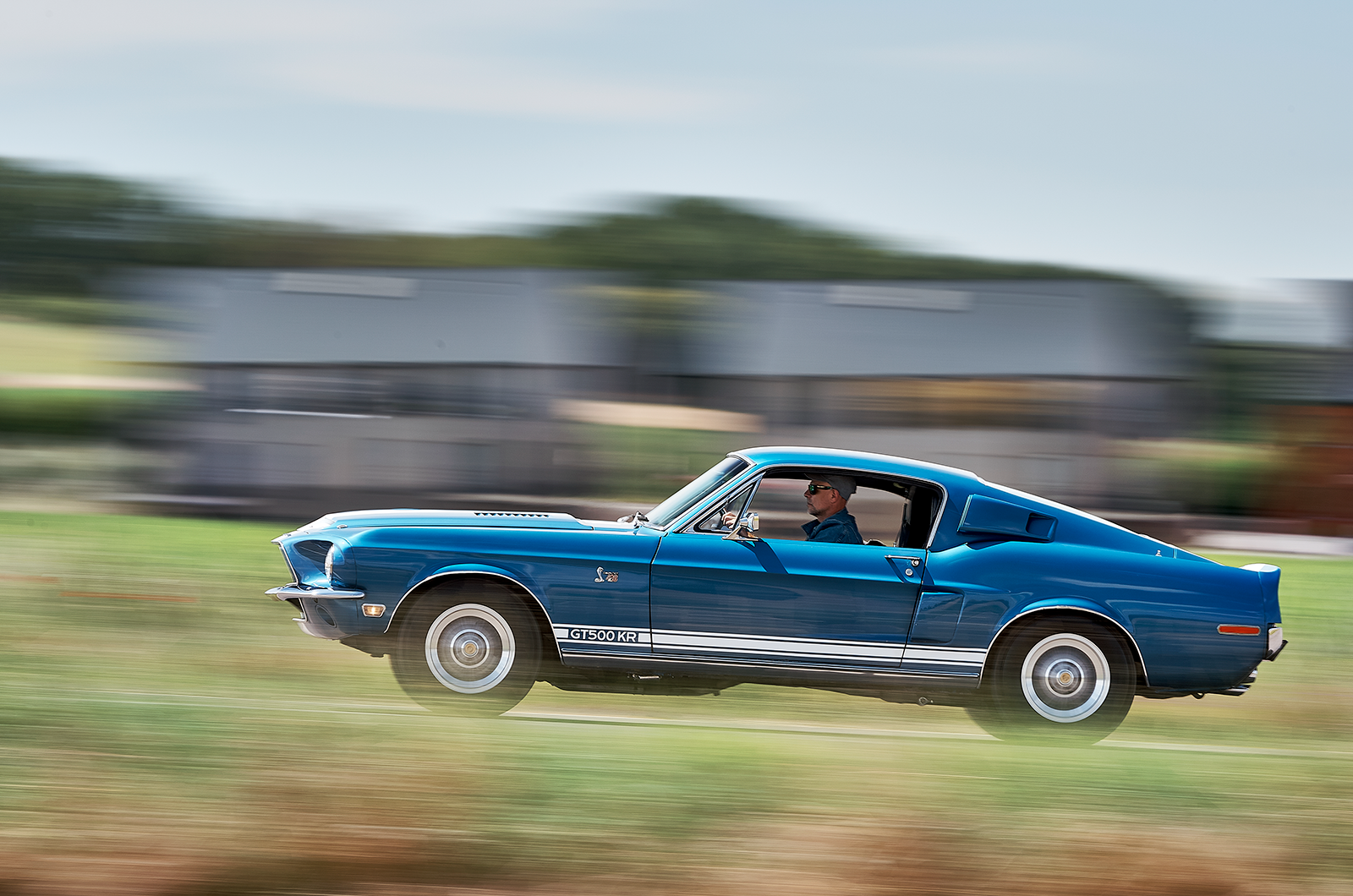
With a quarter-turn of the key, the mighty Cobra Jet V8 snorts into its cavernous rumble, all seven litres of it, with a four-barrel Holley 735cfm carb providing a carefully metred supply of fuel and fresh air.
The engine, revised and corrected by Carroll Shelby’s team in 1968, certainly knows how to make itself heard.
This particular GT500 KR – the last two letters announcing to all that it is the ‘King of the Road’ – spent a large proportion of its life back home in the USA, basking under the Californian sun.
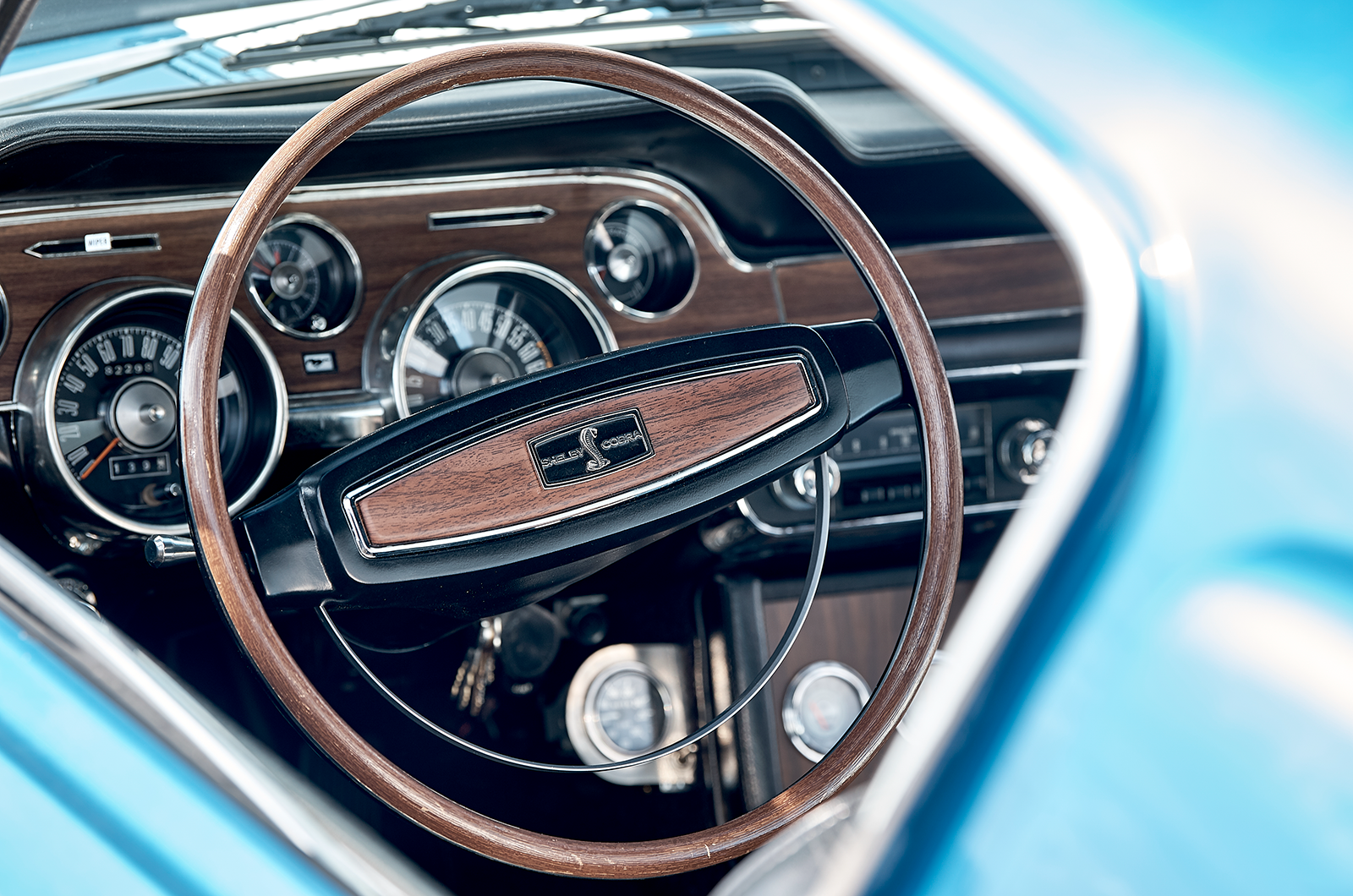
Completely original, even down to the paint, it presents the marks of time in the form of discreet cracks and blemishes. To fix them or to treat this car to a new livery would lose one of its greatest assets, its unique patina.

